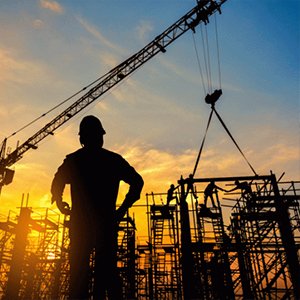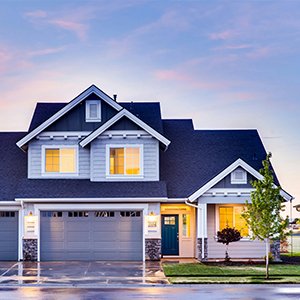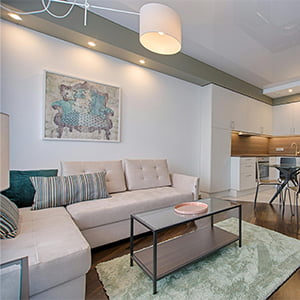
Top 7 Interior Design Trends for Pakistani Homes in 2025
July 21, 2025
How to Choose Paint Colors for Your Home — Pakistani Trends & Tips (2025)
July 24, 2025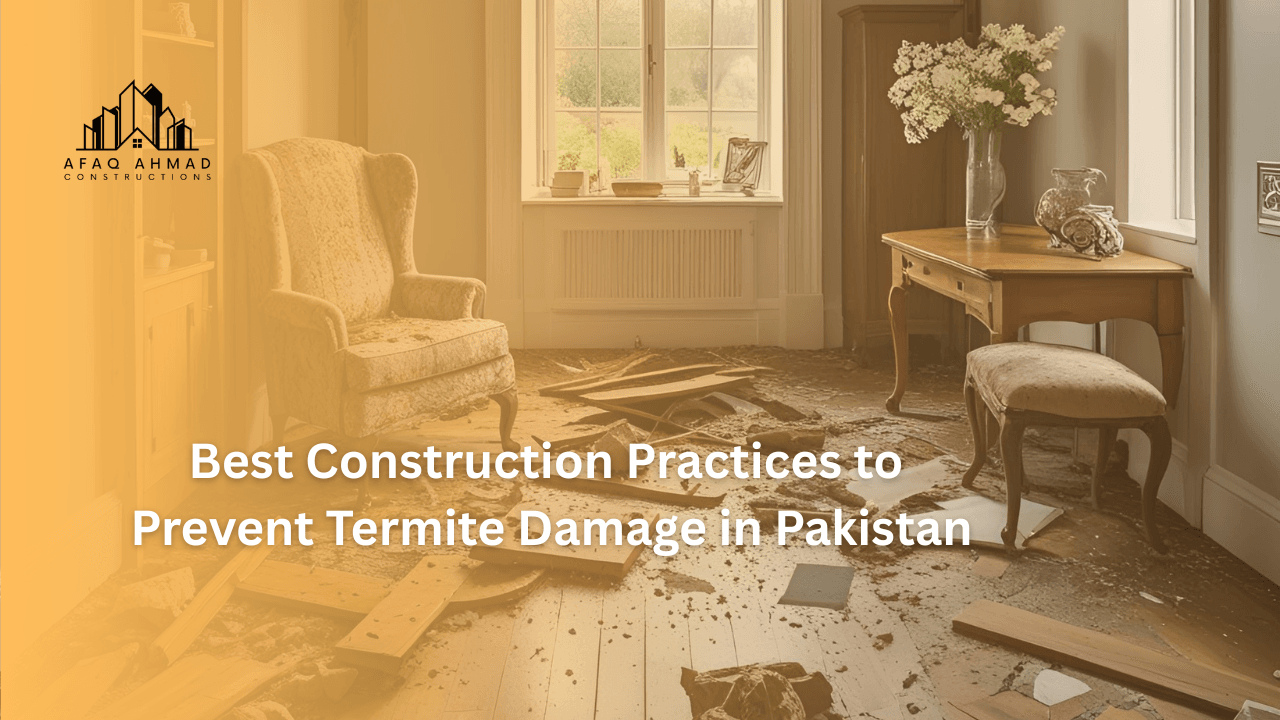
The construction industry is flourishing with a projected real estate growth rate of over 5% annually from 2025 to 2028. With a housing deficit exceeding 10 million units, new homes and renovations are booming in areas like DHA Lahore, Bahria Town, and Lahore Smart City. However, termites pose a silent threat, causing millions in damages annually. At Afaq Ahmad Constructions, we’ve honed strategies to combat this issue, ensuring long-lasting structures. This blog outlines the best construction practices to prevent termite damage in Pakistan, tailored for 2025’s unique challenges.
Why Termite Damage Is a Concern in 2025
Pakistan’s warm, humid climate, especially in Punjab where Lahore averages 600-800 mm of monsoon rain, creates ideal conditions for termites. These pests attack wood, drywall, and even concrete foundations, costing homeowners PKR 500,000-1 million per 10 Marla home (PKR 16.3-20 million), as noted in our renovation and scams blogs. The Pakistan Building Code (PBC) 2021 and Green Building Code 2023 emphasize durability, making termite prevention a priority. With material costs rising (e.g., cement at PKR 1,060 per bag) and labor at PKR 450/day, proactive measures save time (32-36 weeks) and money, per our timeline and cost blogs. Let’s explore effective practices.
Understanding Termite Threats in Pakistan
Types of Termites
- Subterranean Termites: Most common in Lahore, nesting underground and accessing homes via soil or wood contact.
- Drywood Termites: Infest dry wood (e.g., furniture), less prevalent but damaging indoors.
- Dampwood Termites: Thrive in moist areas, a risk during monsoons.
Climate Impact
- Heat and Humidity: Summer temperatures (35-40°C) and monsoon rains (July-August) accelerate termite activity, per our weather blog.
- Soil Conditions: Organic-rich soils in DHA filled plots or Model Town gardens attract termites.
Damage Extent
- Structural: Weakens beams, floors, and walls, reducing a home’s lifespan by 10-20 years.
- Financial: Repairs can exceed PKR 1 million, impacting budgets, as per our QA blog.
Best Construction Practices to Prevent Termite Damage
1. Conduct Pre-Construction Site Assessment
- Practice: Perform soil testing and termite inspection before breaking ground.
- Details: Identify termite colonies or organic debris (PKR 50,000-100,000), aligning with our soil testing blog.
- Benefit: Prevents foundation infestations, saving PKR 200,000-400,000.
- Implementation: Hire pest control experts to map risk zones.
- Tip: Schedule during dry months (October-March) to avoid monsoon delays.
2. Use Termite-Resistant Materials
- Practice: Opt for concrete, steel, and treated wood instead of untreated timber.
- Details: Use pressure-treated wood (PKR 1,500-2,000/cubic ft) or fly ash bricks (PKR 10-15 each) from our bricks blog.
- Benefit: Reduces termite attraction by 80-90%, extending durability.
- Implementation: Apply during grey structure phase (PKR 6.8-7.6 million).
- Tip: Avoid pine or cedar; choose teak or mahogany with borate treatment.
3. Install Physical Barriers
- Practice: Use termite shields (metal or plastic) and gravel layers around foundations.
- Details: Shields (PKR 10,000-20,000) block subterranean access; gravel (PKR 5,000-10,000/ton) deters nesting.
- Benefit: Prevents 70-80% of ground-level infestations, per PBC 2021 standards.
- Implementation: Install during foundation work (4 weeks).
- Tip: Ensure 6-inch clearance between wood and soil, per our supervision blog.
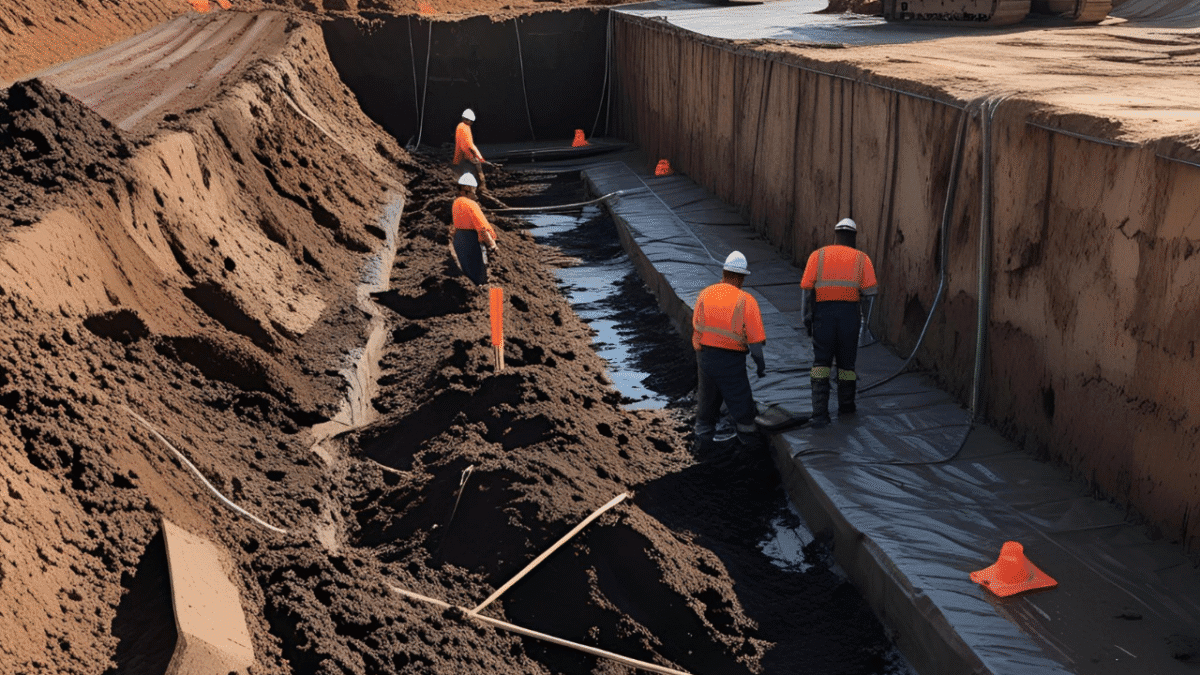
4. Apply Chemical Treatments
- Practice: Use pre-construction soil treatment with termiticides (e.g., imidacloprid, fipronil).
- Details: Apply at 1-2 liters/sq meter (PKR 20,000-50,000 for a 10 Marla site).
- Benefit: Creates a 5-10 year protective barrier, reducing damage costs.
- Implementation: Treat before pouring concrete, per our timeline blog.
- Tip: Reapply every 5 years or post-monsoon, aligning with our weather blog.
5. Elevate Wooden Structures
- Practice: Raise wooden frames, flooring, and furniture 12-18 inches above ground level.
- Details: Use concrete pillars or stilts (PKR 50,000-100,000) during finishing.
- Benefit: Cuts subterranean access by 90%, enhancing safety.
- Implementation: Plan during design phase, per our trends blog.
- Tip: Add ventilation under raised areas to deter dampness.
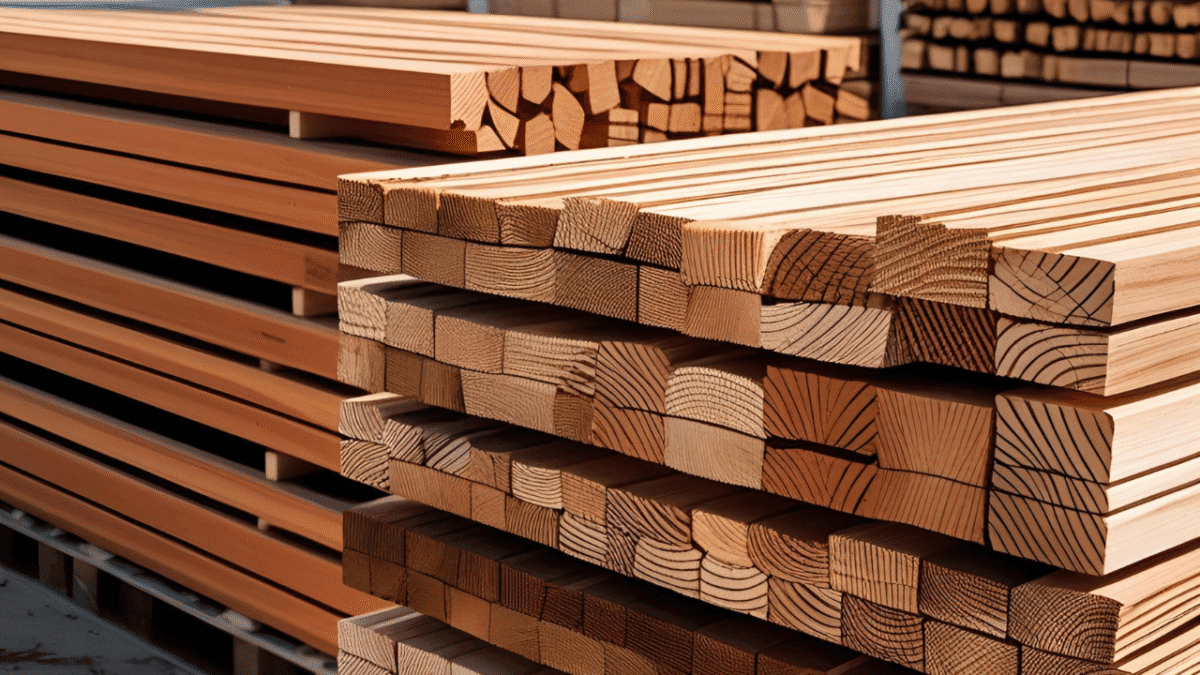
6. Ensure Proper Drainage and Ventilation
- Practice: Install sloped drainage systems and cross-ventilation in walls and roofs.
- Details: Drainage (PKR 100,000-200,000) and vents (PKR 20,000-50,000) prevent moisture buildup.
- Benefit: Reduces dampwood termite risk by 60-70%, aligning with Green Building Code 2023.
- Implementation: Integrate during site preparation and roofing (our roofing image).
- Tip: Check slopes post-monsoon to avoid water pooling.
7. Regular Maintenance and Monitoring
- Practice: Conduct annual termite inspections and treat wood with borate solutions.
- Details: Inspections (PKR 10,000-20,000) and treatments (PKR 5,000-15,000) spot early signs.
- Benefit: Limits damage to PKR 50,000-100,000 annually, per our renovation blog.
- Implementation: Schedule post-construction, using our supervision checklist.
- Tip: Use non-toxic baits for eco-friendly control.
Additional Preventive Measures
Landscaping Choices
- Practice: Avoid mulch or wood chips near foundations; use gravel or stone.
- Cost: PKR 10,000-20,000 for a 10 Marla yard.
- Benefit: Reduces termite habitats by 50%.
Smart Home Integration
- Practice: Install moisture sensors and termite detection systems.
- Cost: PKR 50,000-100,000, per our smart home trends.
- Benefit: Provides real-time alerts, saving PKR 200,000-300,000.
Community Efforts
- Practice: Coordinate with neighbors for area-wide termite control.
- Cost: Shared PKR 50,000-100,000.
- Benefit: Enhances collective protection.
Challenges and Solutions in 2025
Challenges
- Cost Overruns: Treatments and barriers add 5-10% to budgets (PKR 800,000-1 million).
- Climate Impact: Monsoons (July-August) complicate chemical application, per our weather blog.
- Awareness Gap: Homeowners may skip inspections, risking PKR 500,000-1 million in damage.
- Material Availability: Treated wood is scarce, driving prices up 5-7%.
Solutions
- Budget Planning: Use our cost guide to allocate contingency funds.
- Weather Adaptation: Apply chemicals in dry seasons, saving 2-4 weeks.
- Education: Partner with Afaq Ahmad Constructions for expert advice.
- Sourcing: Source from local suppliers like Sheesham Wood Markets.
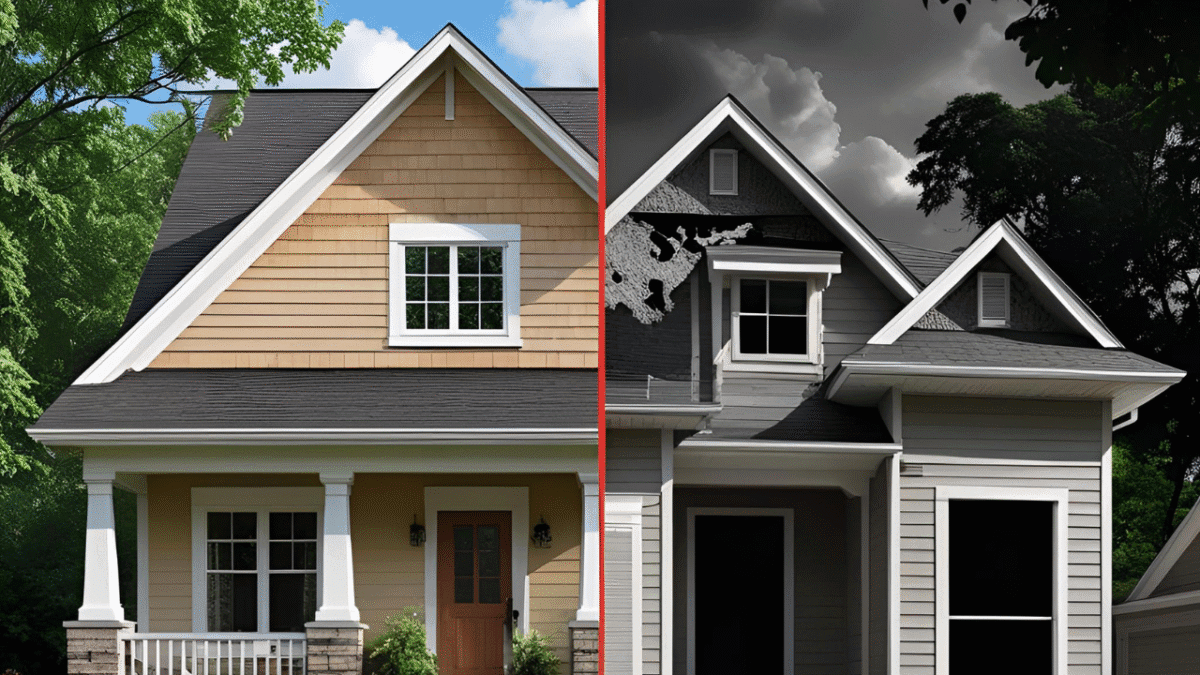
2025 Market Context
- Demand: High activity in Lahore Smart City and DHA increases termite risk due to new landscaping.
- Regulations: PBC 2021 mandates termite-proofing for approvals.
- Costs: Material hikes affect budgets; labor shortages delay treatments.
- Solution: Leverage Afaq Ahmad Constructions for integrated prevention.
Visualizing Termite-Proofing
Imagine a 10 Marla home in Bahria Town, its foundation treated with termiticides (our roofing image), and wooden frames elevated on concrete pillars (our villa image). Picture a renovated Model Town bungalow with gravel landscaping (our bungalow image). Afaq Ahmad Constructions ensures termite-free builds.
The Role of Afaq Ahmad Constructions
At Afaq Ahmad Constructions, we protect your home:
- Expert Prevention: We integrate termite-resistant designs.
- Quality Assurance: We apply treatments meeting PBC standards.
- Support: We offer maintenance plans to keep termites at bay.
Visit https://afaqahmadconstructions.com/ to start your termite-proof project today!
Conclusion
Preventing termite damage in Pakistan in 2025 requires site assessments, termite-resistant materials, physical barriers, chemical treatments, elevated structures, proper drainage, and regular monitoring. In Lahore’s thriving market, these practices safeguard a 10 Marla home’s PKR 16.3-20 million investment, avoiding PKR 500,000-1 million in repairs. Trust Afaq Ahmad Constructions to implement these strategies, ensuring a durable, pest-free home. Contact us now to begin!

